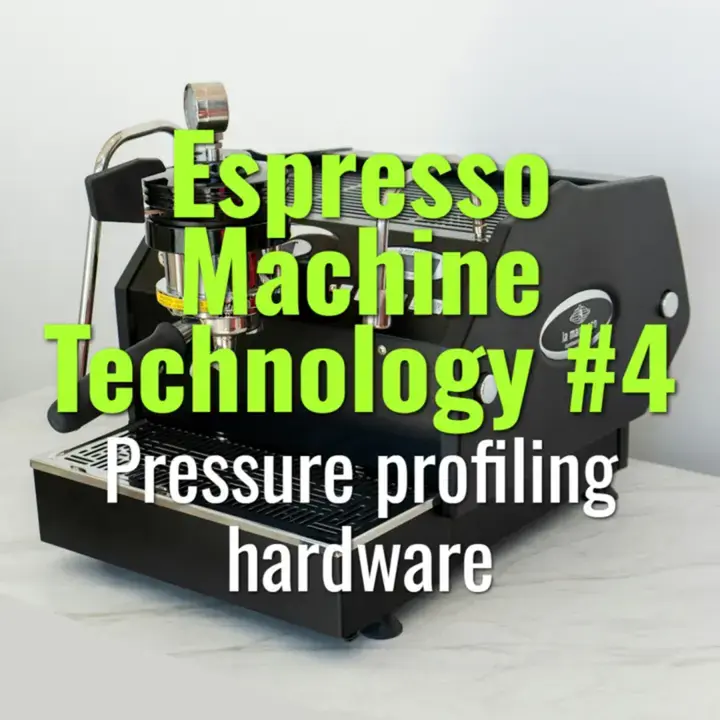Pressure profiling hardware
How different espresso machine hardware designs enable pressure profiling, and how this impacts extraction control.
- Coffee Basics Nerds
- 2 min read

What is Pressure Profiling?
- Definition: The ability to vary pump pressure over the course of an espresso shot.
- Purpose: To optimize puck saturation, extraction balance, and flavor expression beyond a fixed 9-bar curve.
Types of Pressure Profiling Hardware
-
Manual Levers:
-
Pressure applied by spring or manual force.
-
Naturally produces declining pressure curve (high at start, lower at finish).
-
Allows tactile control but requires skill.
-
Variable Speed Pumps (e.g., gear pumps):
-
Pump speed is electronically controlled to adjust pressure.
-
Offers programmable pressure curves.
-
Electronic Valves and Sensors:
-
Solenoid valves + pressure sensors enable real-time modulation.
-
Baristas can design multi-phase profiles (preinfusion → ramp → decline).
-
Hydraulic Systems:
-
Advanced machines use hydraulic actuators for precise, smooth pressure control.
Common Profiling Approaches
- Gentle Preinfusion: 2–4 bar at start to evenly saturate puck.
- Ramp Up: Increase to 8–9 bar during peak extraction.
- Declining Pressure: Gradual drop to 6–7 bar to avoid over-extraction of fines.
Flavor Impacts
- Fixed 9 Bar: Balanced but less flexible.
- Profiled Curves:
- Enhance clarity in light roasts.
- Improve sweetness and body control.
- Reduce harshness in darker roasts.
Practical Considerations
- Adds cost and complexity to machines.
- Requires barista training to design and interpret pressure curves.
- Most impactful for specialty cafés highlighting single origins.
Summary
Pressure profiling hardware—from levers to electronic pumps—gives baristas control over the pressure curve during extraction. This fine-tuning allows tailoring of sweetness, acidity, and body, unlocking new dimensions of espresso flavor.